Calcium is essential for the construction of our bones. About 99% of the calcium in the human body can be found in the bones and teeth. The remaining 1 percent circulates in the bloodstream, where it performs a variety of important functions. It helps to contract muscles and to regulate the contractions of the heart. It plays a role in the transmission of nerve impulses and in the clotting of blood. Calcium is involved in the stimulation of contractions of the uterus during childbirth and in the production of breast milk. It also regulates the secretion of various hormones and aids in the functioning of various enzymes within the body.
Calcium is very important to our body. While most people would think that the only source of calcium is milk, there are plenty sources of calcium in nature. Check out this list to see where you can get other sources of non-dairy calcium:
Nuts are abundant raw sources of calcium too. 100g of almonds contain 240mg of calcium! I have also shared in my previous blog post how the discovery of almond milk was instrumental for us raw foodies. This can be a great calcium source for your little one too. Check that out here>>
Seeds are highly nutritious and can be enjoyed raw or lightly toasted. They make a great snack and can be sprinkled into salads, stir-fries or on breakfast cereal. They are also a delightful addition to baking, especially cakes, muffins, breads and biscuits.
Tahini is a paste of crushed sesame seeds that is widely used in Middle Eastern cooking. 100g of tahini contains 680mg of calcium! Organic unhulled tahini can be used to make dips including Hummus as well as a healthy addition to desserts, dressings and raw sweets.
Quinoa seeds are high in fibre and oil and are a good source of iron, magnesium, phosphorus, potassium, calcium, zinc, copper, vitamin E, and a number of antioxidants. The seeds have a slightly nutty flavour and are similar to brown rice in texture. Extremely versatile, quinoa can be used in any number of sweet or savoury dishes and is commonly boiled like rice or ground as a flour.
Chlorella is a single celled fresh water algae and is definitely a superfood worth talking about. It contains vitamin A, all the B’s, C and E in its natural form and is jam-packed with essential minerals including potassium, zinc, magnesium, iron and calcium.
Kale is high in calcium. Per calorie, kale has more calcium than cow’s milk, which aids in preventing bone loss, preventing osteoporosis and maintaining a healthy metabolism. If your kids are not that excited to gobble up their greens, try Issy’s delicious kale chips recipe >>
There are two different types of chia seeds – black and white – but in nutritional value they’re basically the same, the colour being the only notable difference.Chia contains five times more calcium than milk andare a delight to use because they can be sprinkled on almost anything, from your salads to your cereal or your smoothies.
I hope you liked this rundown of the many sources of calcium for you and your family. As I always say, let food be your medicine and medicine be your food! Cheers to good health.
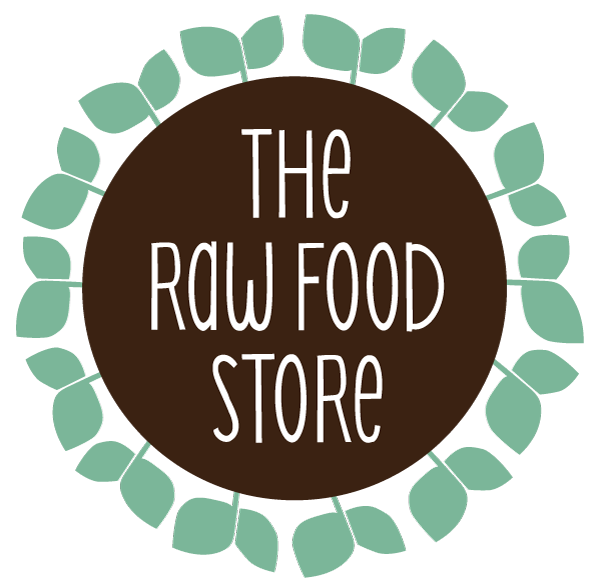

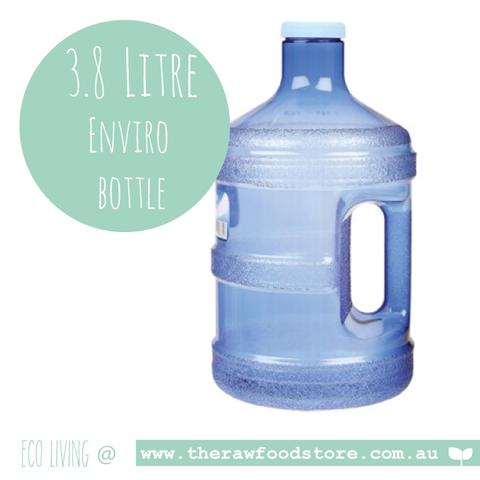
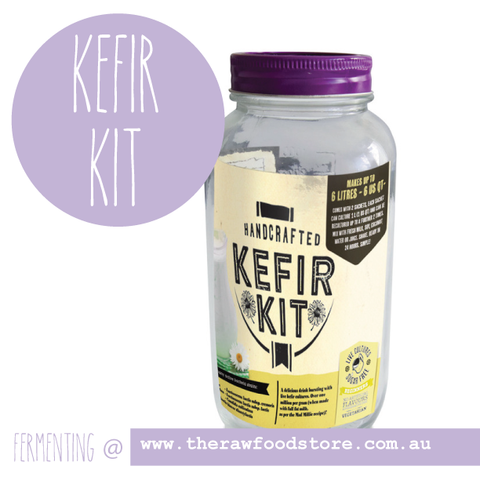
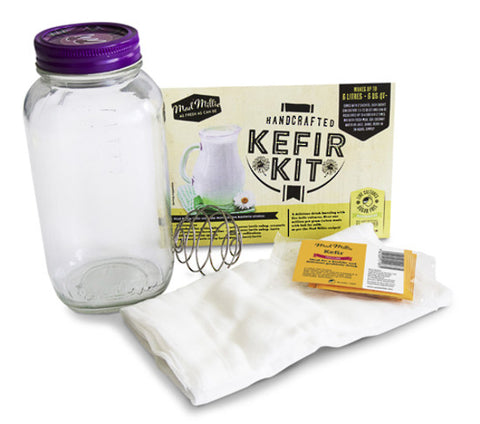
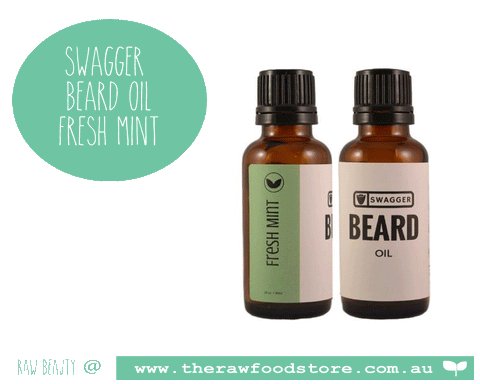
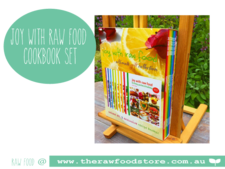
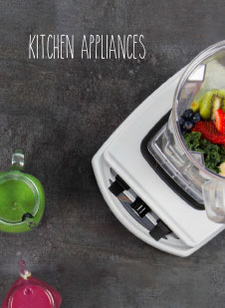

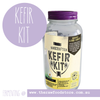





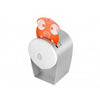

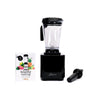
Comments